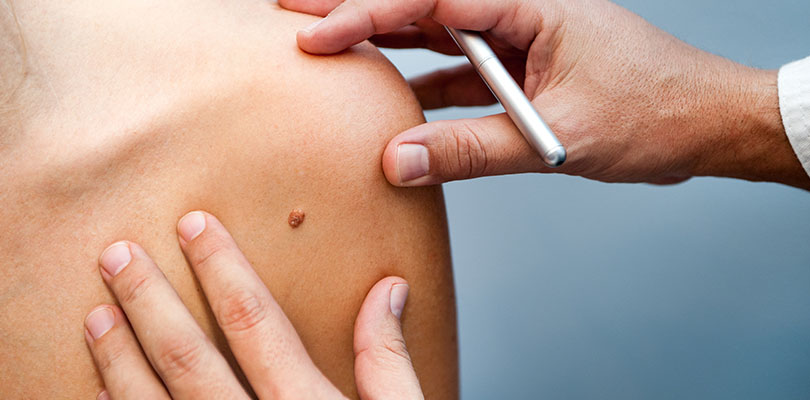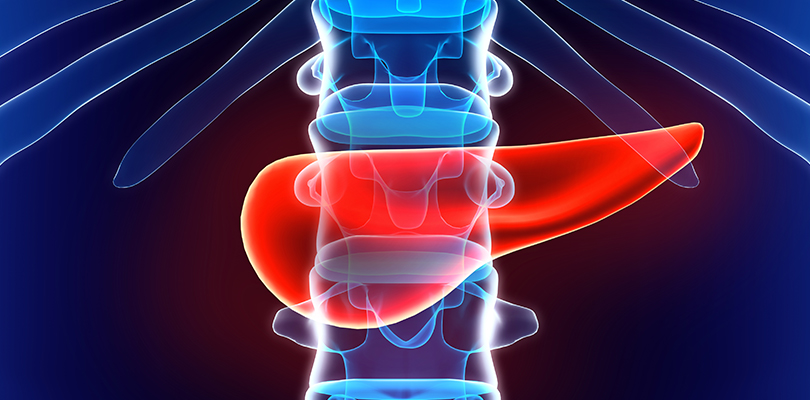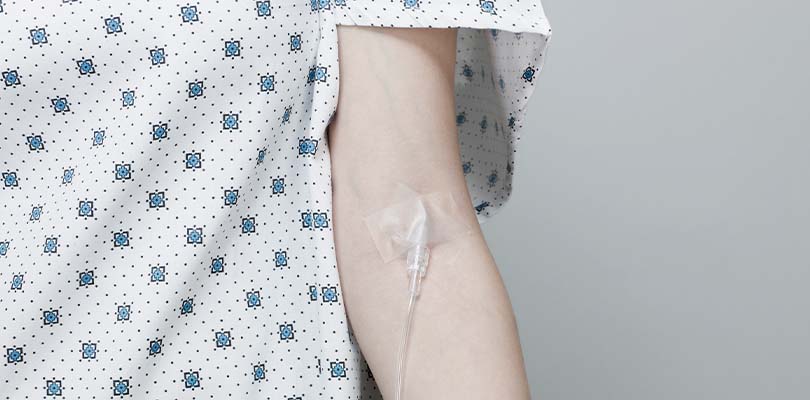Acute Myelogenous Leukemia
Acute myelogenous leukemia (AML) is a blood cancer. It typically starts in the bone marrow, the spongy inner part of bones where blood cells are made.
The disease is called "acute" because it can get worse rapidly. It is called myelogenous leukemia because the white blood cells, called myeloid cells, are affected. These immature cells don't develop normally. The cells don't mature into red blood cells, white blood cells and platelets that nurture the body with oxygen, fight infection and disease, and stop bleeding.
In AML, these abnormal cells are called leukemia cells or blasts. The cells can build up in the bone marrow and blood, which causes anemia, infection, or easy bleeding. The leukemia cells can spread to other parts of the body, including the brain, spinal cord, skin, and gums.
Symptoms of Acute Myelogenous Leukemia
Early stages of acute myelogenous leukemia have symptoms similar to the flu. A fever, shortness of breath, and unusual bruising or bleeding could be signs and symptoms of AML.
Your doctor may refer you to specialists – an oncologist or hematologist – who diagnose and treat leukemia. The doctor will conduct tests to determine if you have AML and to identify the specific type of AML you have. This will lead to the most successful treatment.
AML treatments work to destroy unhealthy blood cells in blood and bone marrow. Treatment is also aimed at putting you into remission, so you have no more cancer symptoms.
What Causes Acute Myelogenous Leukemia?
Acute myelogenous leukemia occurs when DNA in developing cells becomes damaged. This affects blood production, causing bone marrow to produce immature white cells that develop into leukemia cells called myeloblasts. These abnormal cells accumulate and crowd out healthy cells.
Very often, doctors don't know what causes these DNA mutations. Radiation, exposure to certain chemicals and some chemotherapy drugs are known risk factors for acute myelogenous leukemia.
Certain factors increase the risk of developing AML. This disease is more common among people over age 65, especially men. People who have had certain types of chemotherapy and radiation therapy may have a greater risk of AML. Smoking and exposure to certain dangerous chemicals also increase the risk of AML.
Treatments for Acute Myelogenous Leukemia
Several treatments are effective in controlling AML. Chemotherapy, stem cell transplant, radiation, and target therapy are all among the options.
Treatment for AML is conducted in two phases:
Phase 1: Remission induction therapy. High doses of chemotherapy are given to destroy leukemia cells. This may involve a hospital stay for 3 to 5 weeks so your doctor can monitor your response. This allows the doctor to also treat you for side effects. Your treatment in this phase may include targeted therapy drugs as well.
Are skin tags cancerous? If you're wondering if your skin tag is a form of skin cancer, read on to learn more about skin tags and cancer here.
Following treatment, your bone marrow should start producing healthy blood cells. Your doctor will take a bone marrow sample to determine if leukemia cells are still in your blood. When leukemia cells are no longer visible, doctors say you're "in remission." You will need post-remission therapy to stay in remission.
Phase 2: Post-remission therapy. This involves more treatments to wipe out cancer cells that might be remaining. Treatment includes three options:
- Chemotherapy.
- Allogenic (from a donor) stem cell transplant.
- Autologous (from yourself) stem cell transplant.
Chemotherapy
Chemotherapy kills cells dividing in your body – cancer cells, but also other cells. When chemotherapy damages healthy cells, side effects occur are nausea and vomiting, hair loss, mouth sores, fatigue, and others.
Most of these side effects should go away when treatment ends. Your doctor can prescribe medicines and other treatments to help reduce the discomfort of chemotherapy side effects.
Stem Cell Transplant
If you receive high-dose chemotherapy, more cancer cells will be killed. However, high-dose chemotherapy can damage bone marrow and trigger a serious drop in blood cell levels.
A stem cell transplant after chemotherapy will help to replace your damaged bone marrow using young stem cells from your body or from a donor. These stem cells will grow into new, healthy blood cells.
There are two types of stem cell transplant:
- An allogeneic stem cell transplant involves stem cells taken from a donor. This is a very common type of stem cell transplant – and a close relative like a parent, sister, or brother will be the best match.
- An autologous stem cell transplant involves removing cells from your own blood or bone marrow before chemotherapy treatment begins. These stem cells are frozen, then added to your blood after chemo treatment ends.
After a stem cell transplant, you'll have a hospital stay to make sure you recuperate well and to treat side effects.
Clinical Trials
If AML treatments aren't effective in your case, or if your cancer begins to grow again, you can turn to a clinical trial.
In clinical trials, researchers test new AML treatments – including new medications that aren't available to everyone. Your doctor can tell you if a clinical trial is a good fit for you, and guide you toward learning more about it – and signing up.







